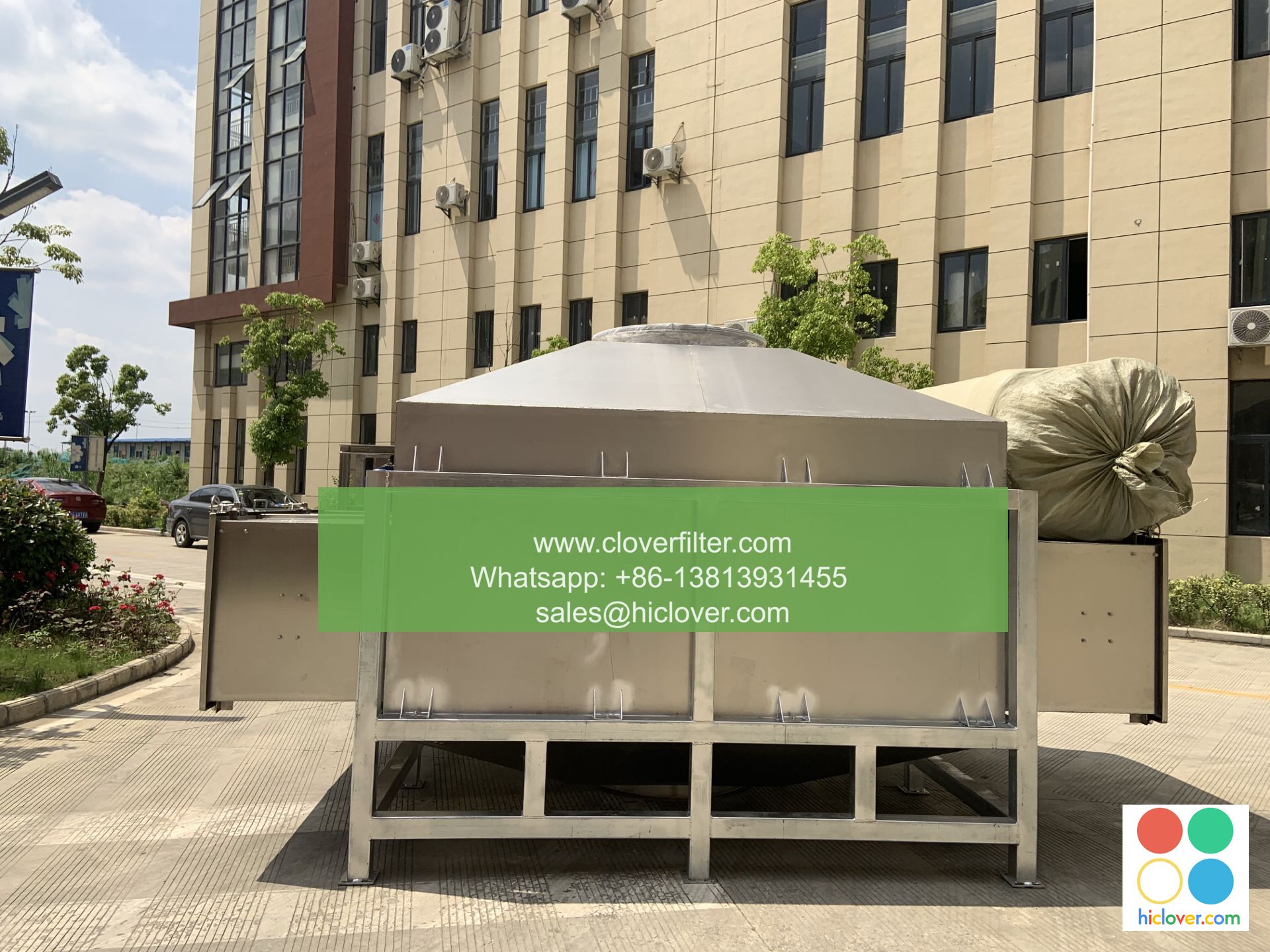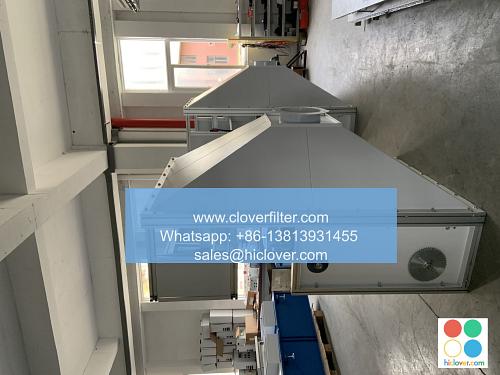The Role of Filter Media in Air Filter Efficiency

Air filters are a crucial component in maintaining indoor air quality, and their efficiency is largely dependent on the type of filter media used. Filter media refers to the material used to capture airborne particles, such as dust, pollen, and other contaminants. In this article, we will discuss the importance of filter media in air filter efficiency, highlighting various application areas, including heating, ventilation, and air conditioning (HVAC) systems, industrial processes, and residential air purification.
Types of Filter Media
There are several types of filter media available, each with its own unique characteristics and advantages. Some common types of filter media include:
- Fiberglass filters: These are the most basic type of filter media, made from spun glass fibers. They are relatively inexpensive but can be less effective at capturing smaller particles.
- Pleated filters: These filters use a pleated design to increase the surface area of the filter media, allowing for better particle capture. They are often used in HVAC systems and residential air purification.
- Activated carbon filters: These filters use activated carbon to capture gases and odors, making them ideal for industrial processes and commercial air purification.
- HEPA filters: These filters use high-efficiency particulate air (HEPA) technology to capture 99.97% of particles as small as 0.3 microns. They are often used in clean rooms, hospitals, and laboratories.
Key Factors Affecting Filter Media Efficiency
Several factors can affect the efficiency of filter media, including:
- Particle size: The size of the particles being captured can greatly impact the efficiency of the filter media. HEPA filters, for example, are designed to capture very small particles, while fiberglass filters may struggle to capture smaller particles.
- Airflow: The amount of airflow through the filter can also impact efficiency. High-velocity airflow can reduce the effectiveness of the filter media, while low-velocity airflow can increase it.
- Filter media thickness: The thickness of the filter media can also impact efficiency. Thicker filter media can provide better particle capture, but may also increase pressure drop and reduce airflow.
Application Areas for Filter Media
Filter media is used in a variety of application areas, including:
- HVAC systems: Filter media is used to capture airborne particles and improve indoor air quality in commercial buildings, residential homes, and industrial facilities.
- Industrial processes: Filter media is used to capture particles and gases in industrial processes, such as manufacturing, chemical processing, and pharmaceuticals.
- Residential air purification: Filter media is used to improve indoor air quality in residential homes, apartments, and condominiums.
- Clean rooms: Filter media is used to create ultra-clean environments in clean rooms, laboratories, and hospitals.
Conclusion
In conclusion, filter media plays a critical role in air filter efficiency, and the type of filter media used can greatly impact the effectiveness of the filter. By understanding the different types of filter media available and the key factors that affect their efficiency, individuals can make informed decisions about the best filter media for their specific application area. Whether it’s for HVAC systems, industrial processes, or residential air purification, the right filter media can help improve indoor air quality and reduce the risks associated with airborne particles and gases.
Prompt

